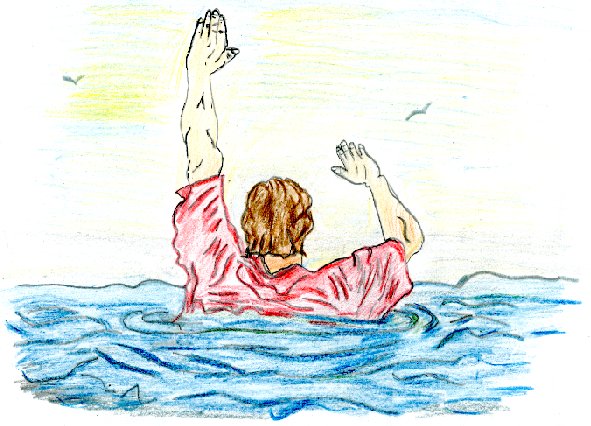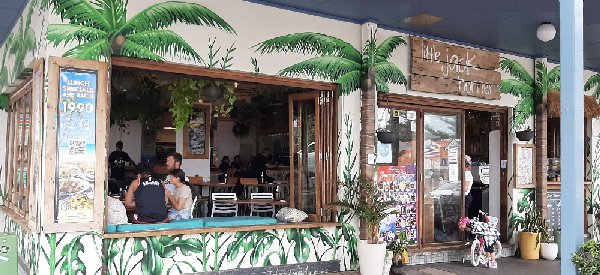John Horner & Son - Tragic Drowning 1860
The 26th January, a Thursday, was being celebrated as "Anniversary Day" in Sydney and New South Wales in 1860 (the precursor to Australia Day in pre-Federation times). It was a public holiday and people made their way to the harbour and to the beaches to enjoy the sun and water. It was described as a joyous and happy celebration on the foundation of the European colony on the same day in 1788.
Six Deaths Make for a Tragic Day Unfortunately, the day turned out to be a sadder one than expected and was remembered as such in the years that followed. All up, six people drowned while enjoying the day's recreation. Off Cockatoo Island, Mr. and Mrs. Treeve and her mother were tragically drowned when their boat capsized. A Mrs Walker travelling from Grafton drowned in Darling Harbour after she was assumed to have fallen from Pyrmont Bridge. And then there were the tragic deaths of Mr John "Jack" Horner and his son at Coogee Beach.
Great Celebration
John Horner was a successful chemist and businessman from William Street, Woolloomooloo. He and his family travelled to Coogee Beach with a party of about
25 people to picnic and bathe at the beach. The party had lunch at about 1pm, and the ladies danced. It was stated later at the inquest that although four toasts
of champagne were consumed during the lunch, "none of the party were in the least intoxicated". After the dancing, the women decided to go
into the water and bathed in a large pool in the rocks, while the men amused themselves with a wrestling match on the sand.

Mr. Horner and son [John Cornelius Horner], Mr. Graham, and three lads named Nathan, Craddock, and McCormack respectively, went also to bathe, but not in the pool in which the ladies had bathed. Mr. Horner, junior, went in first, followed by the others of the party; after being in a few minutes three immense waves were observed rolling towards the rocks on which the party were bathing. The first wave washed the whole party off their feet, the second passed over, and when the third wave was about to break on them the younger Horner was (according to one witness) seen to plunge into it. When it receded it took him out into deep water. Being unable to swim, his father plunged into the rescue. Before his father reached him he was seen to throw up his arms, and cry out, "Oh, save me, I am drowning." His father reached him, and laid hold of him, but on account of the heavy surf on the rocks was unable to keep his hold.
Struggling in the boiling surf he
said "Oh save me I am drowning"
After struggling in the boiling surf for some minutes the son sank, and then his exhausted father also disappeared attempting to swim to land. The under-tow pulled them out to sea where they were lost to sight. One of Horner's distressed daughters attempted to swim after them but was held back by McDermott. At the inquest a couple of days later, it was learnt that although Mr Horner could swim, none of those present with the Horner party could swim.
Tragic End
Shortly after, the bodies of both father and son were recovered, and despite attempts to revive them, their life had passed. Mr Horner's widow and Mr Horner Junior's
fiancee who were present became extremely distressed. That same evening their bodies were brought to the residence of the family, in William Street, Woolloomooloo.
John Horner senior was 54 and his son 28 years old. An inquest was conducted the following day.
Funeral
The Horners were respected members of society and their deaths were felt keenly. Their bodies were conveyed in a large procession of 2 hearses, 500 people and ninety carriages, from William Street, Wooloomooloo to the Camperdown Cemetery on January 29th 1860 where they were buried with
Anglican and Masonic rites.

Little Jack Horner Cafe - Corner Arden Street & Coogee Bay Road, 2021
Copyright © Coogee Media All rights reserved